BMW launches new X3 as PHEV again
In the plug-in hybrid, which is called the X3 30e xDrive in line with the revised BMW naming, a 2.0-litre petrol engine with four cylinders is combined with an electric motor integrated into the eight-speed automatic transmission. The turbocharged petrol engine has an output of 140 kW. The electric motor is a separately excited synchronous motor with a peak output of 135 kW. The system output is stated by the Munich-based company as 220 kW, with a combined torque of 450 Nm. However, the performance data depends on the selected driving mode: In “Hybrid Mode”, the peak output is 190 kW and the torque of 450 Nm drops off from 4,000 rpm. In “Sport Mode”, the full 220 kW are available – and the 450 Nm are maintained up to 4,400 rpm.
A lithium-ion battery installed underneath the rear seat serves as the energy storage unit. The usable net energy content is 19.7 kWh. With the 11 kW charger, the battery can be fully charged in 2:15 hours – the PHEV is also suitable for intelligent charging with the Connected Home Charging option. With a full battery, the electrical energy is sufficient for 80 to 91 kilometres without local emissions – at least in the WLTP test.
The X3 can reach speeds of up to 140 kph in purely electric mode, and 215 km/h when both drive systems are combined. From a standstill, the plug-in hybrid can accelerate to 100 km/h in 6.2 seconds. In addition to the combined WLTP fuel consumption (0.9 to 1.1 litres per 100 kilometres), which is not very meaningful for plug-in hybrids, BMW also states the fuel consumption with a discharged battery: Then the standard consumption alone rises to 7.2 to 7.9 litres per 100 kilometres – and the CO2 class deteriorates from B to F-G.
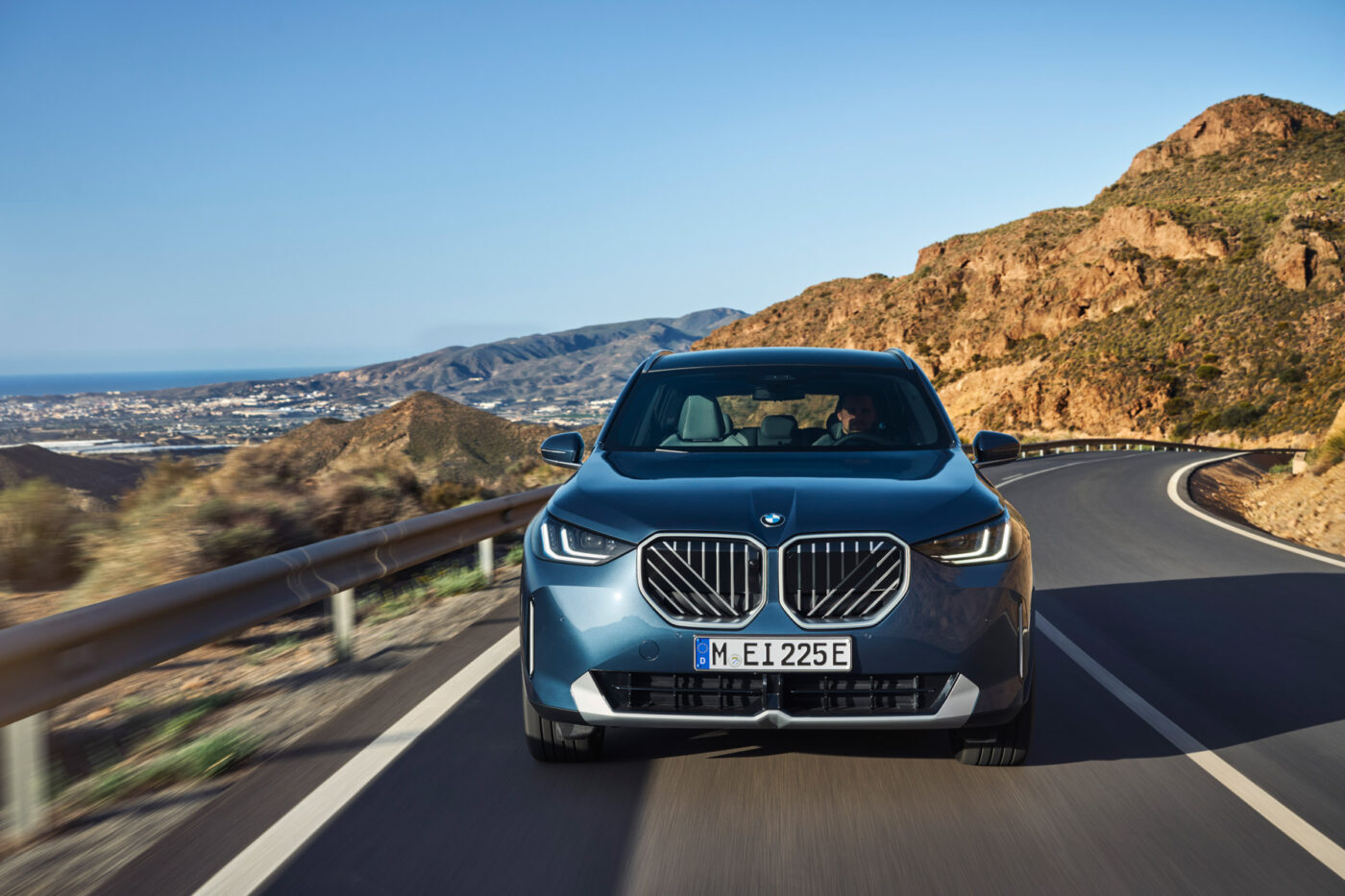
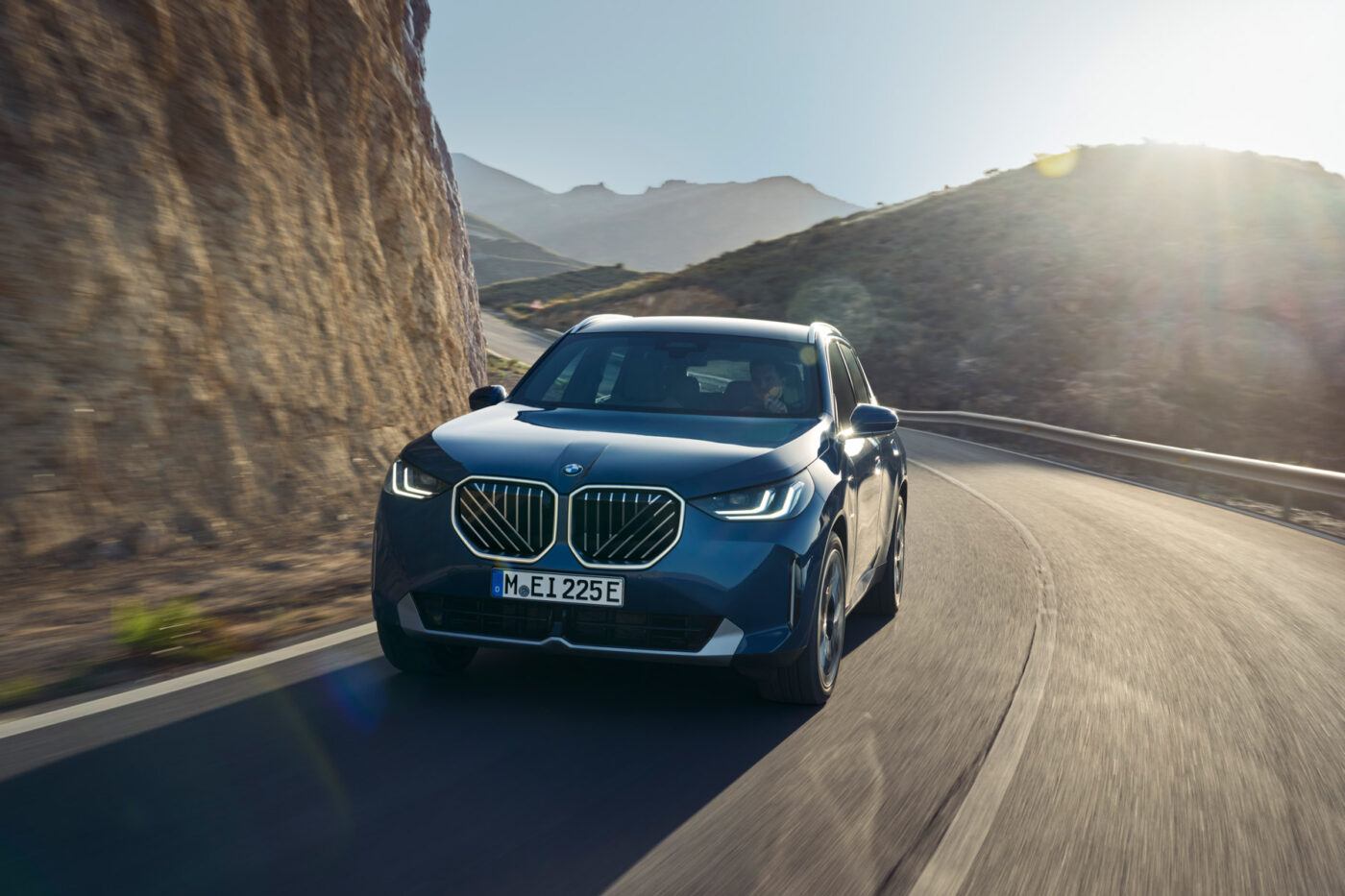
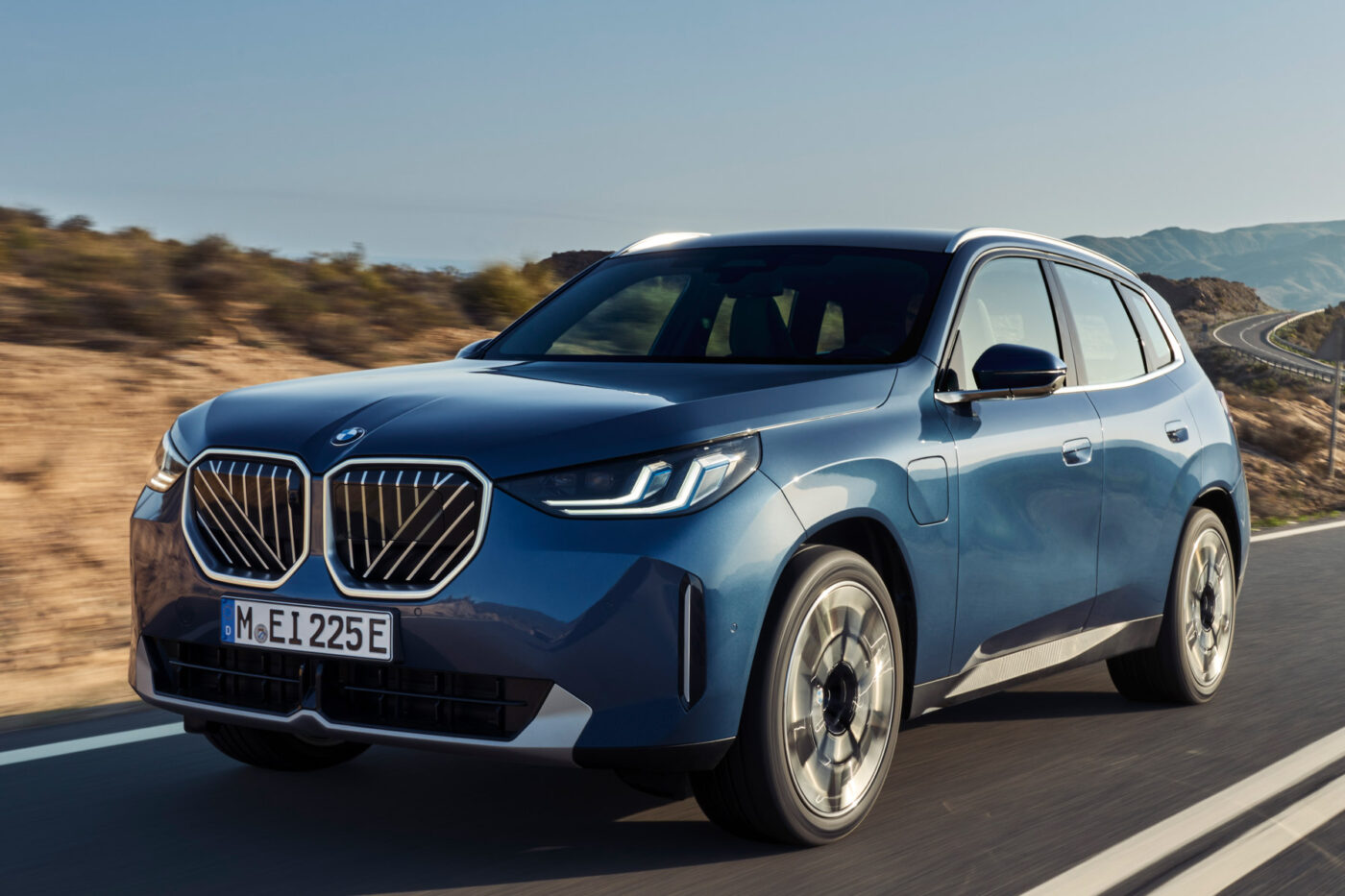
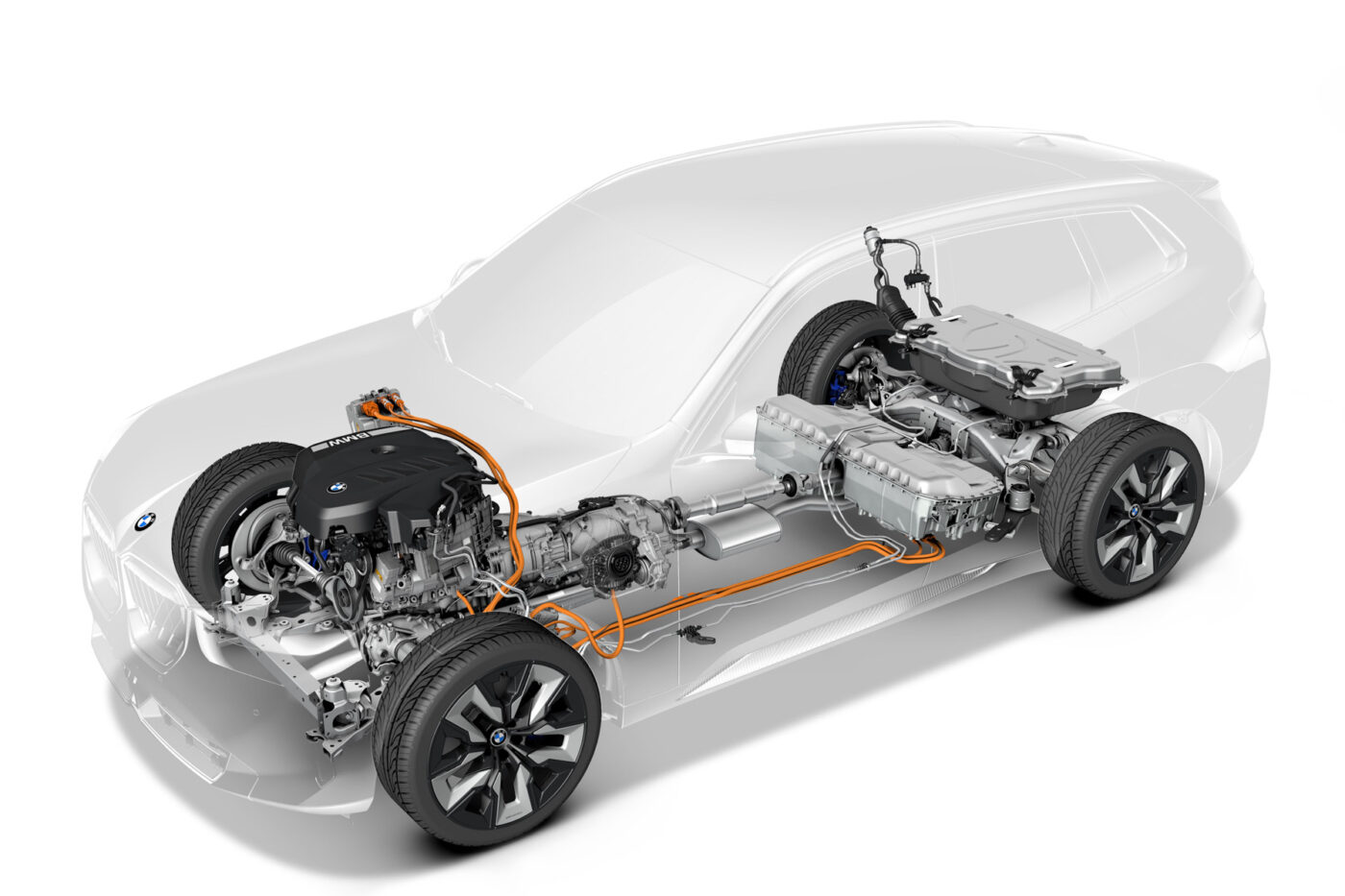
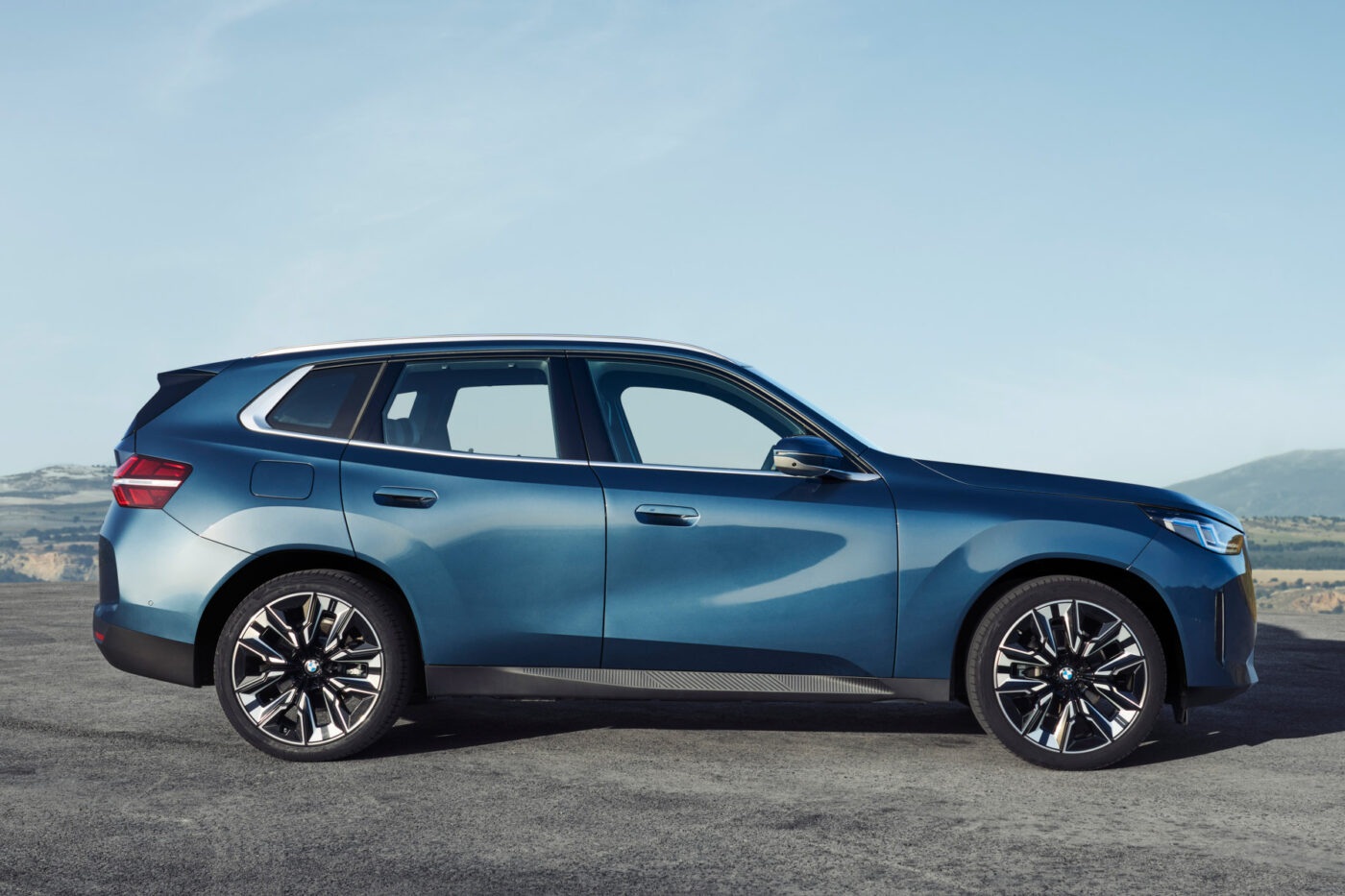
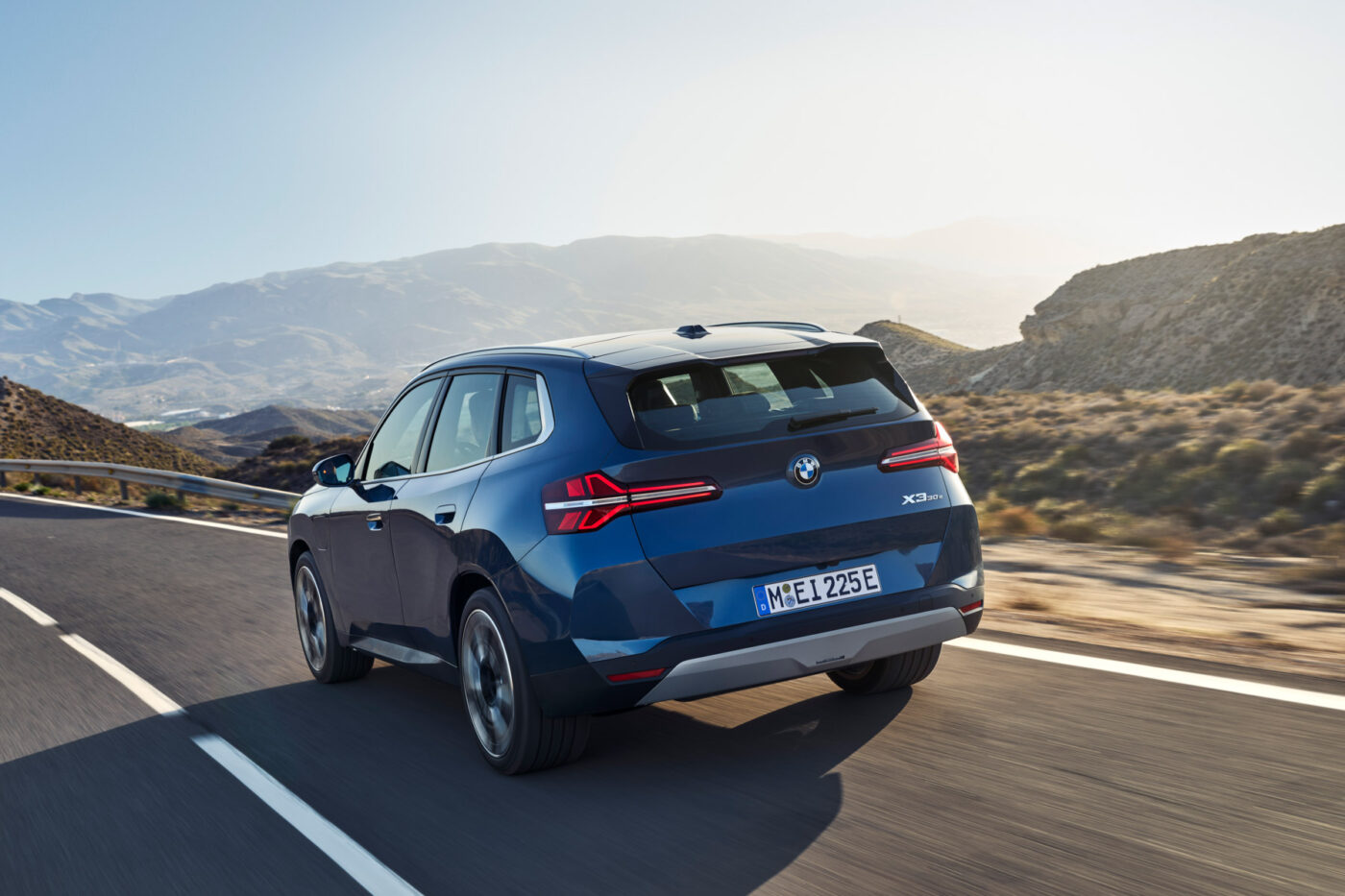
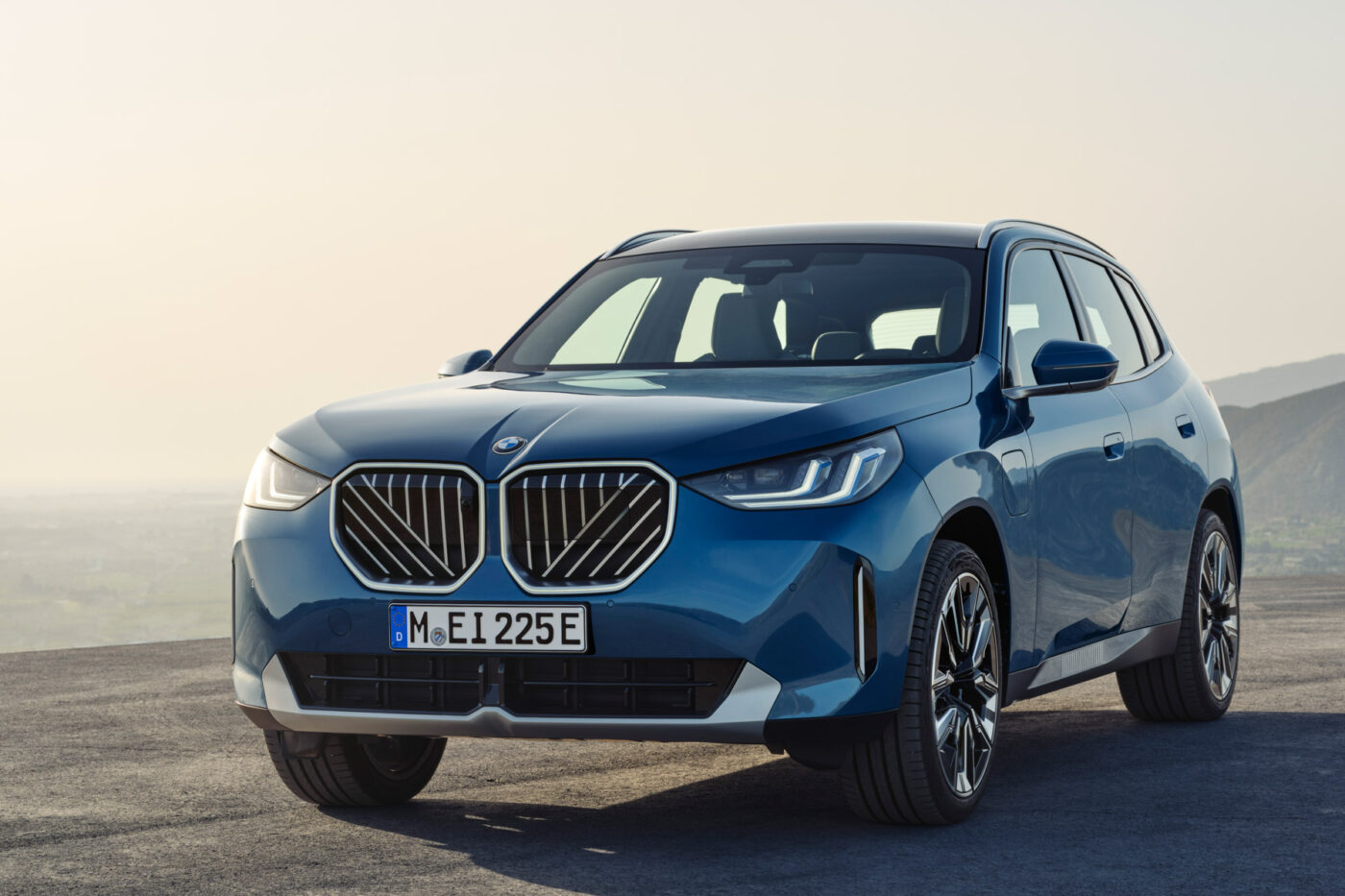
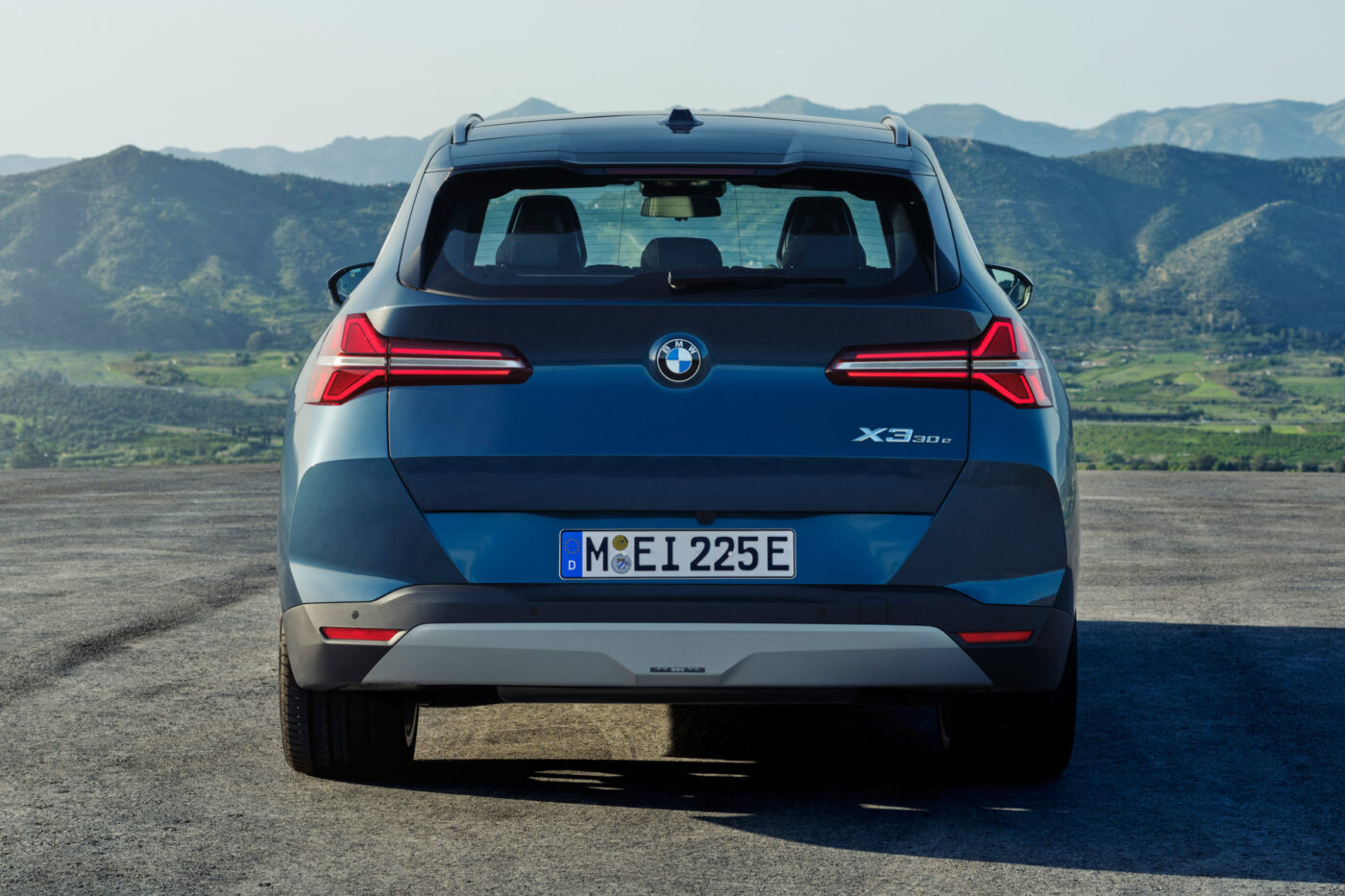
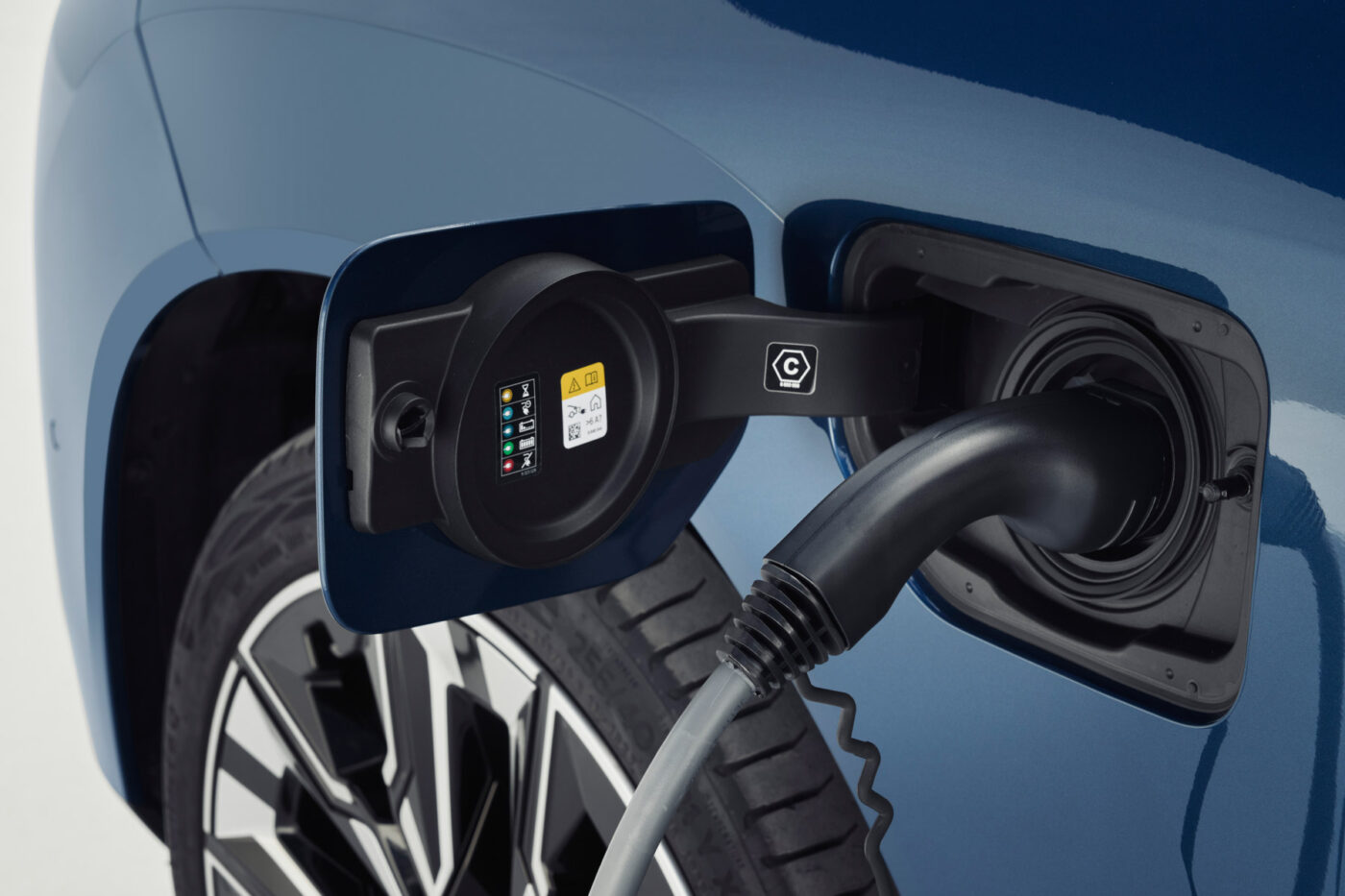
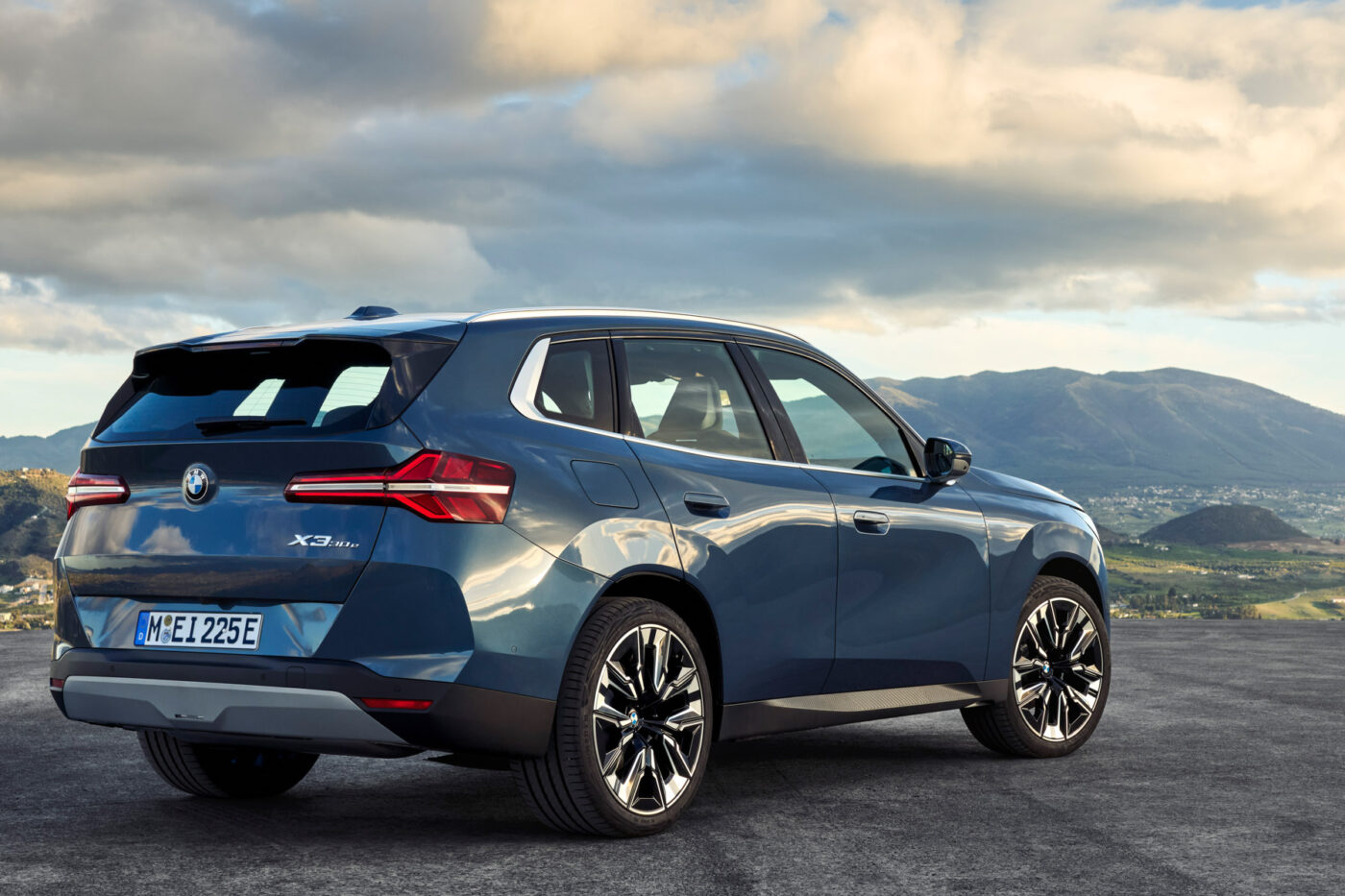
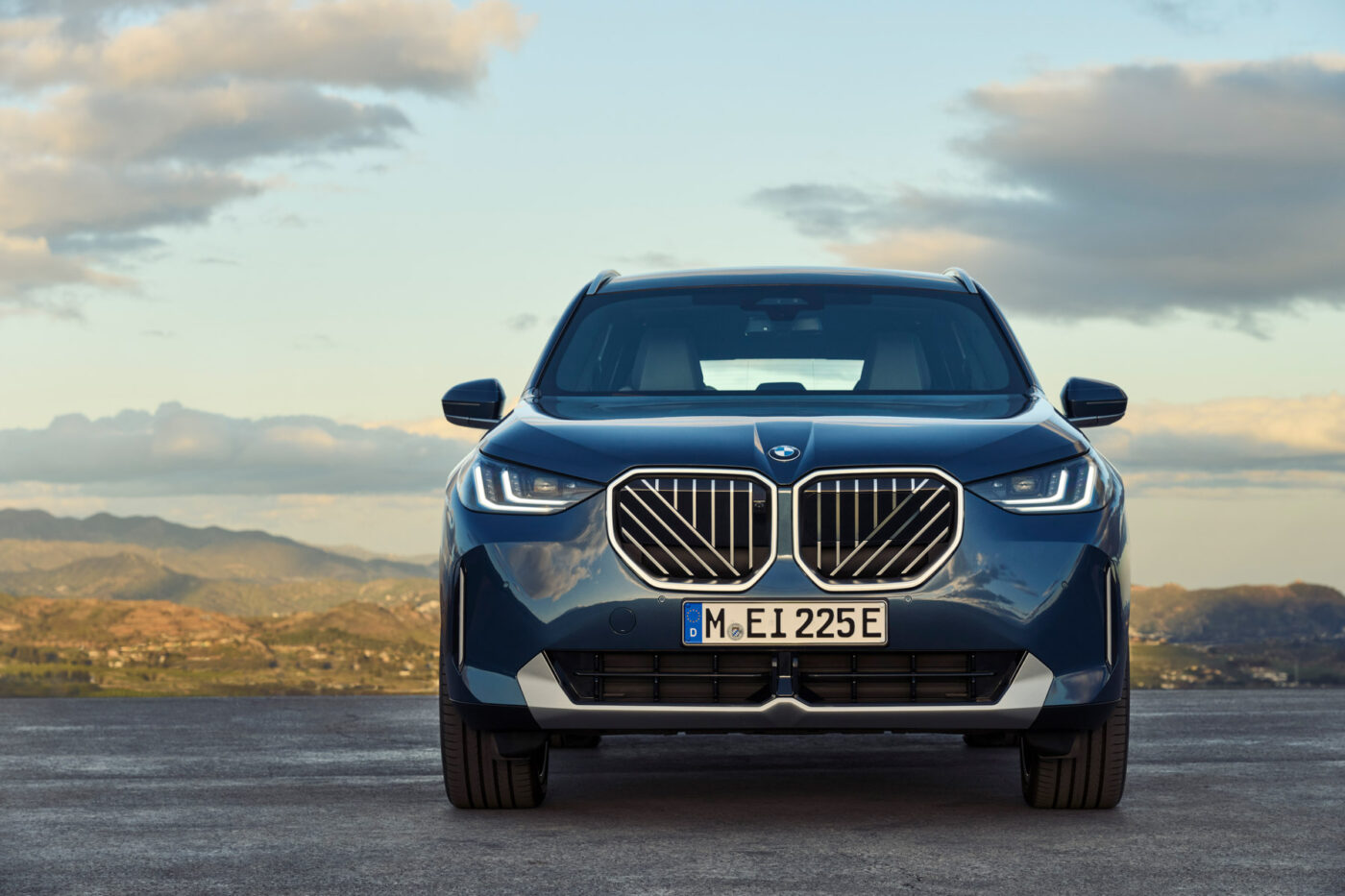
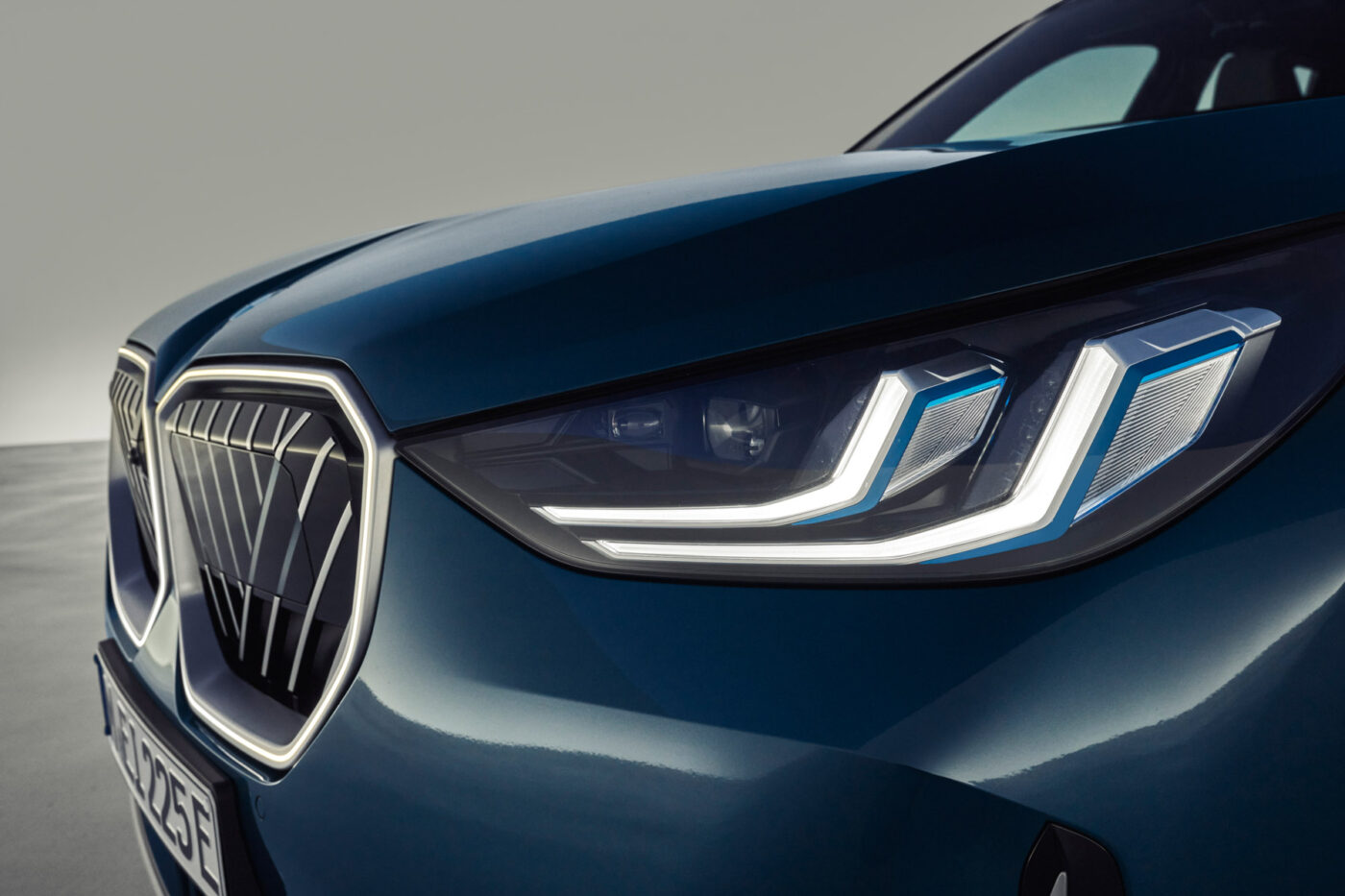
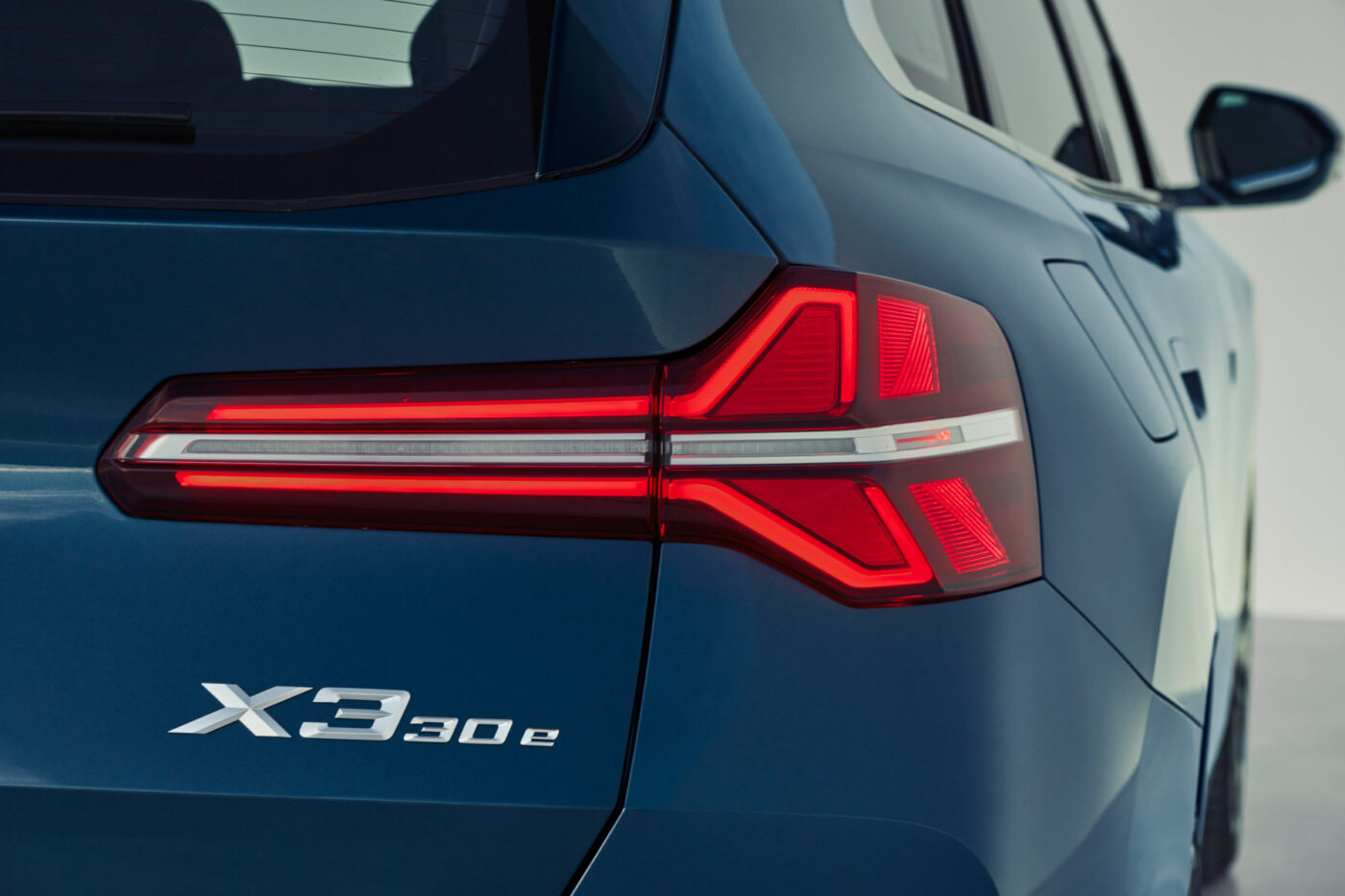
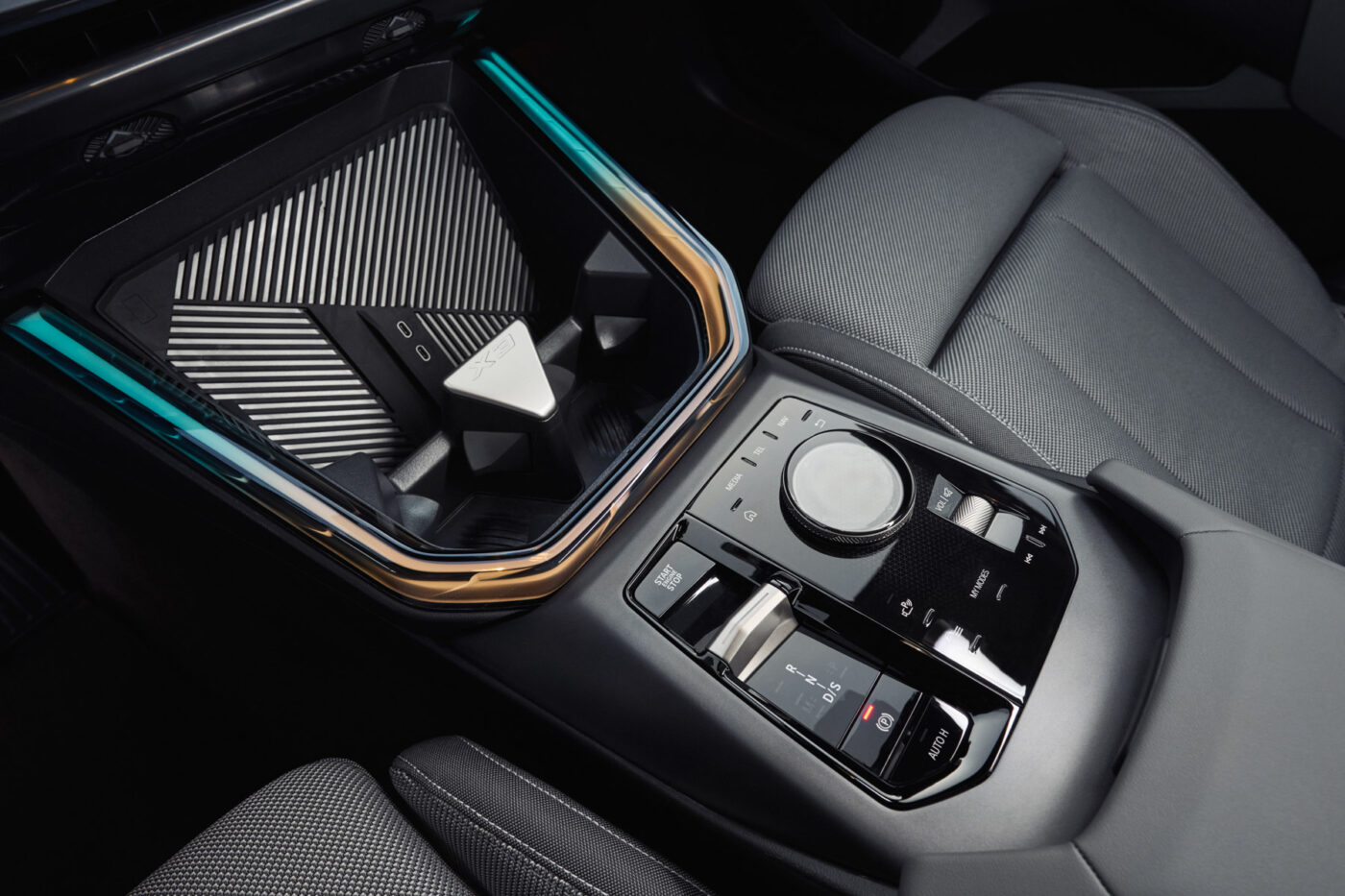
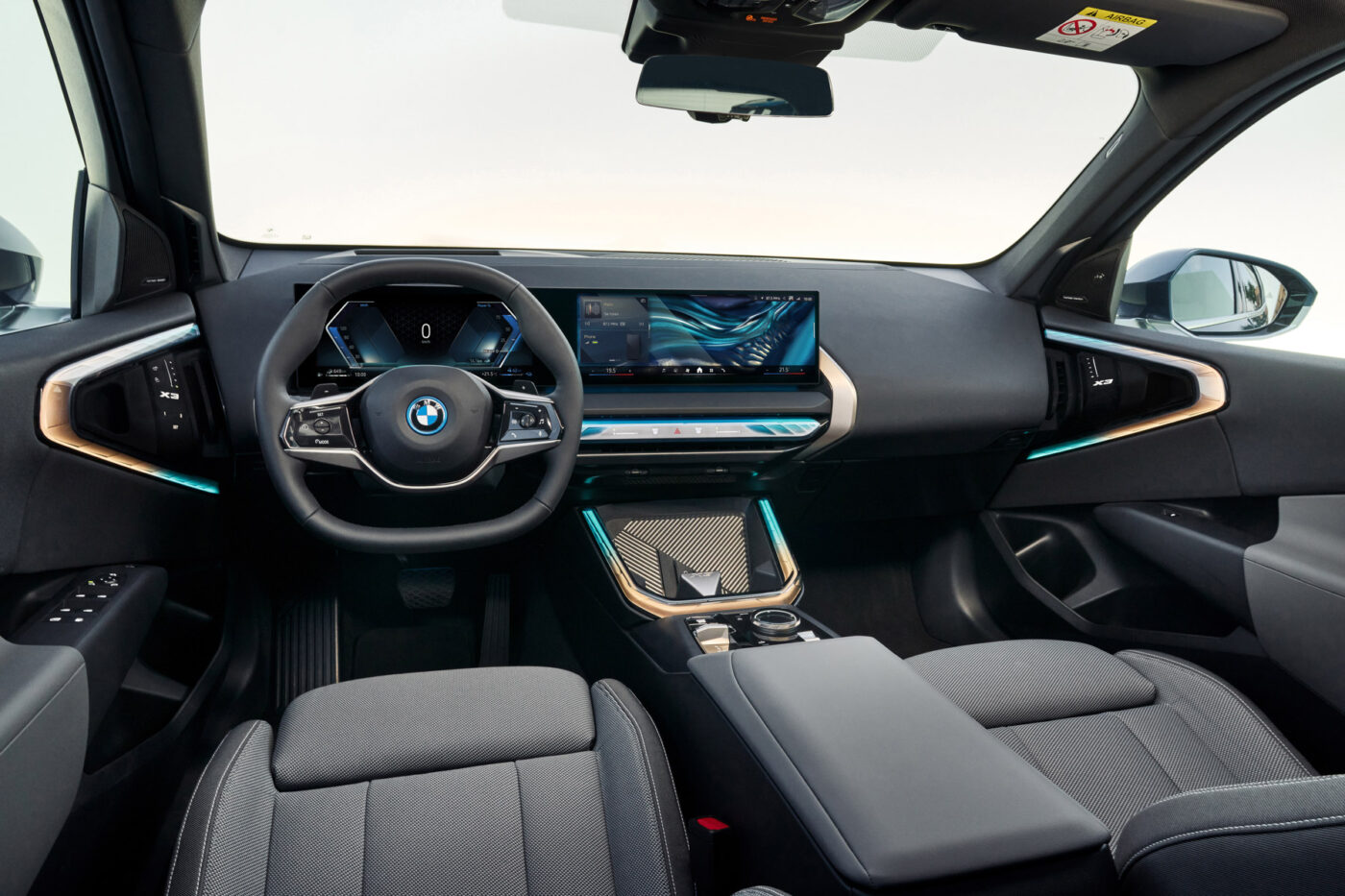
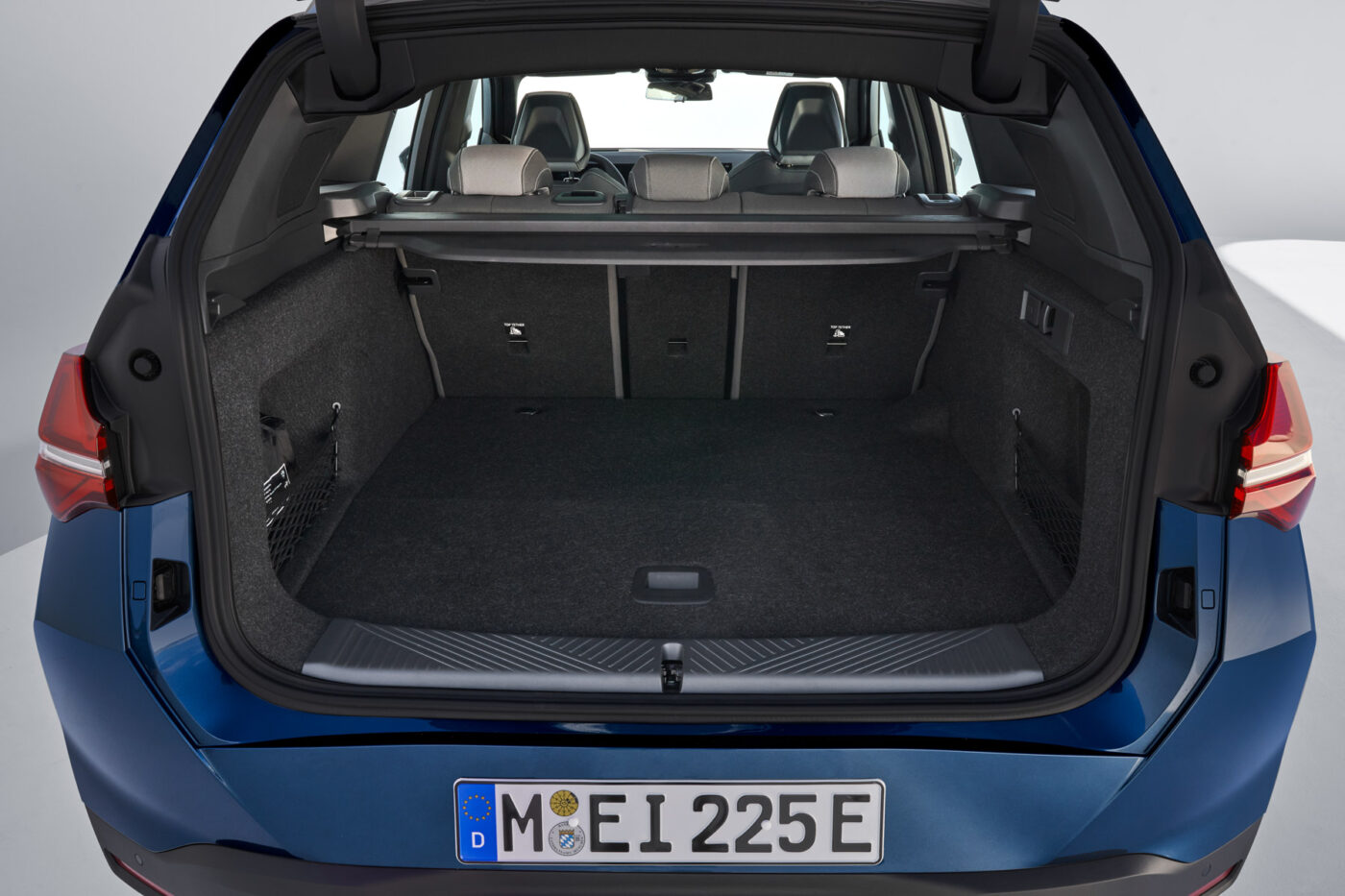
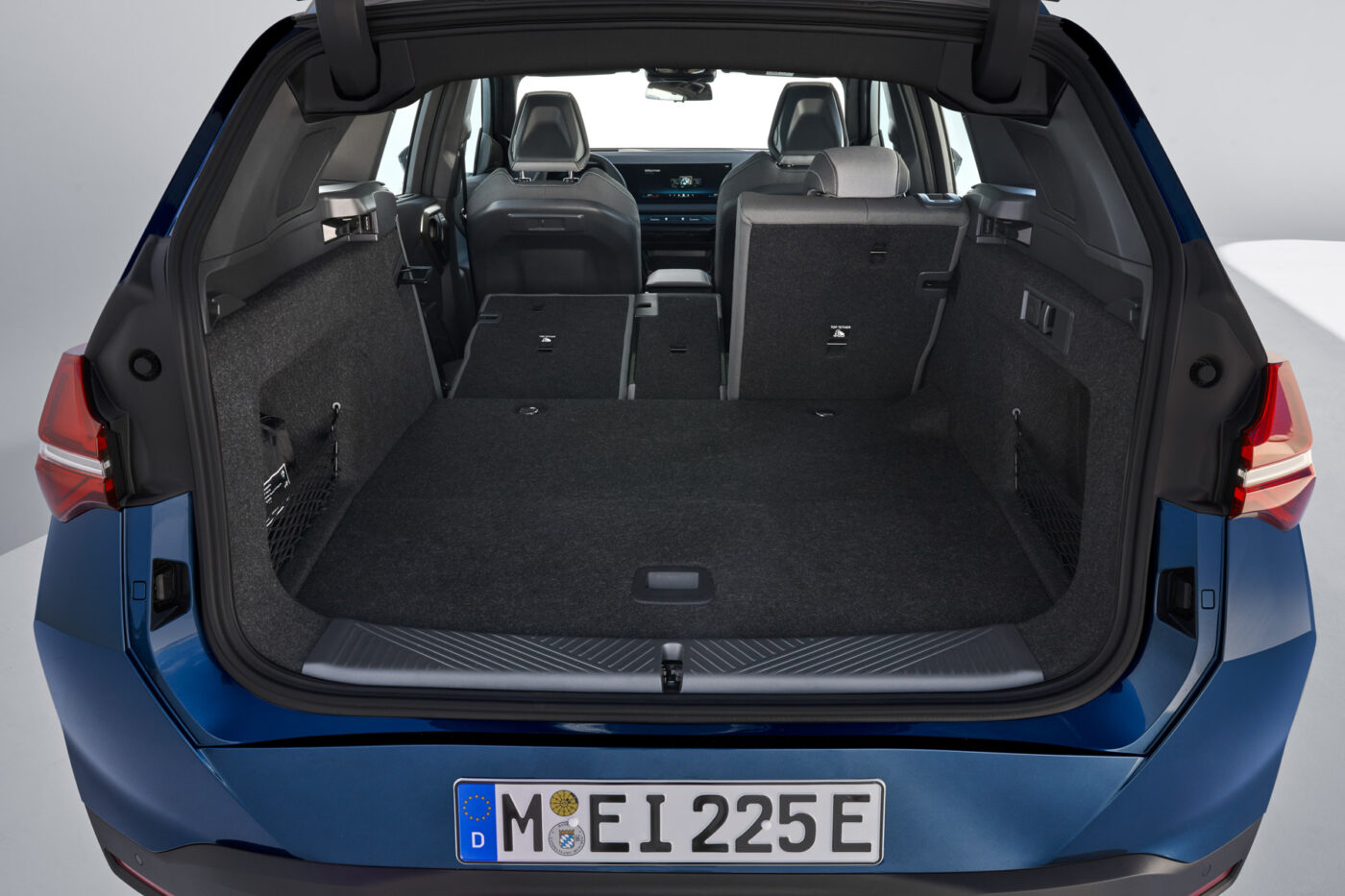
The new generation of the X3 is 4.76 metres long, 1.92 metres wide (without wing mirrors), 1.66 metres high and has a wheelbase of 2.87 metres. According to the DIN standard, the plug-in hybrid weighs 2,065 kilograms and offers a maximum payload of 645 kilograms. At 460 to 1,600 litres, the boot is slightly smaller than that of the combustion engine (570 to 1,700 litres), although the difference in volume only affects the compartment under the boot floor. The actual boot is the same size. The maximum towing capacity of the plug-in hybrid is 2,000 kilograms, the drawbar load and roof load are each specified at 100 kilograms.
The premiere of the new X3 with the plug-in hybrid and electrified combustion engines (which are only offered with all-wheel drive and automatic transmission) also heralds the creeping end for the current generation of the iX3. This is because the successor will no longer be purely electric: This task will be taken over by the electric SUV based on the ‘New Class’ EV platform, which will be built in Debrecen from next year. The new X3 will be built at the US plant in Spartanburg and in Rosslyn, South Africa – although the plug-in hybrid version for the entire global market will only come from South Africa.
The market launch of the new BMW X3 will begin in the fourth quarter of 2024 in the USA and Europe. It will go on sale in numerous other markets from January 2025. BMW has not yet announced prices.

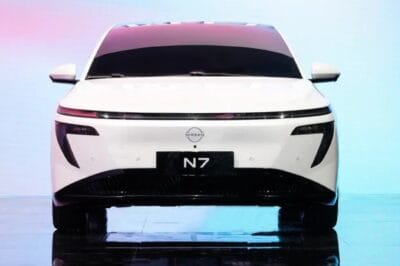
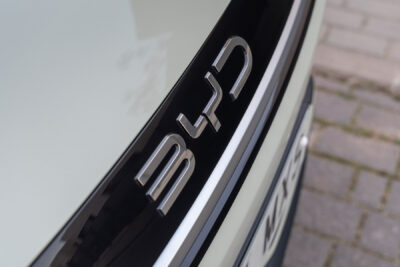

0 Comments